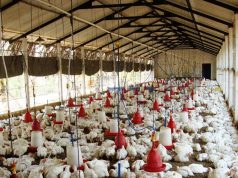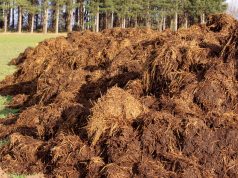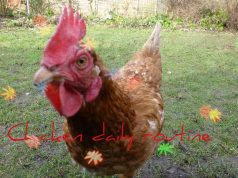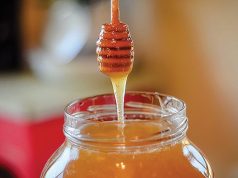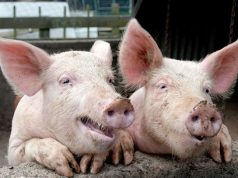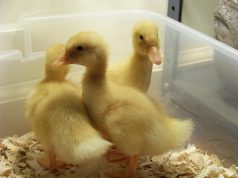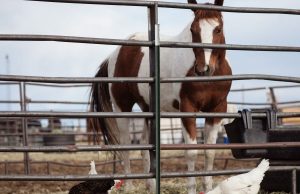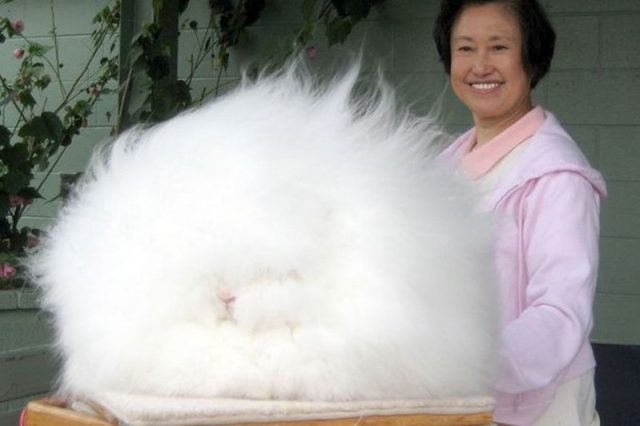
If you are raising rabbits, why not make some money on the side by selling their wool for fiber?
Many owners keep their rabbits solely for taking them to exhibits and take great pride in showing their beautiful fur. There are of course ways of harvesting that fur and making a few bucks on the side. One of the most common is selling rabbit wool to people who use it for their fiber art.
Before you jump in raising rabbits for fiber, there are a few things to consider. According to the American Rabbit Breeders’ Association, only several of the 47 recognized rabbit breeds can be used for fiber. These are Angora breeds, renown for the quality and beauty of their fur.
English Angora is one of the oldest rabbit breeds. They typically weigh 5 to 7 pounds and require considerable grooming.
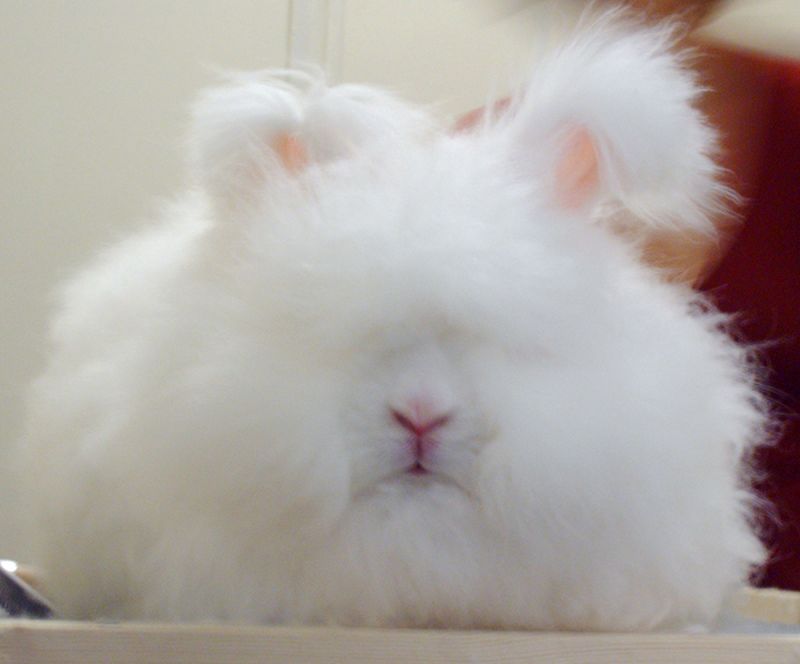
French Angora is a bigger breed, reaching the weight of 7½ to 10½ pounds. Their wool isn’t as fine as English Angora, but the upside is that they don’t need as much grooming.
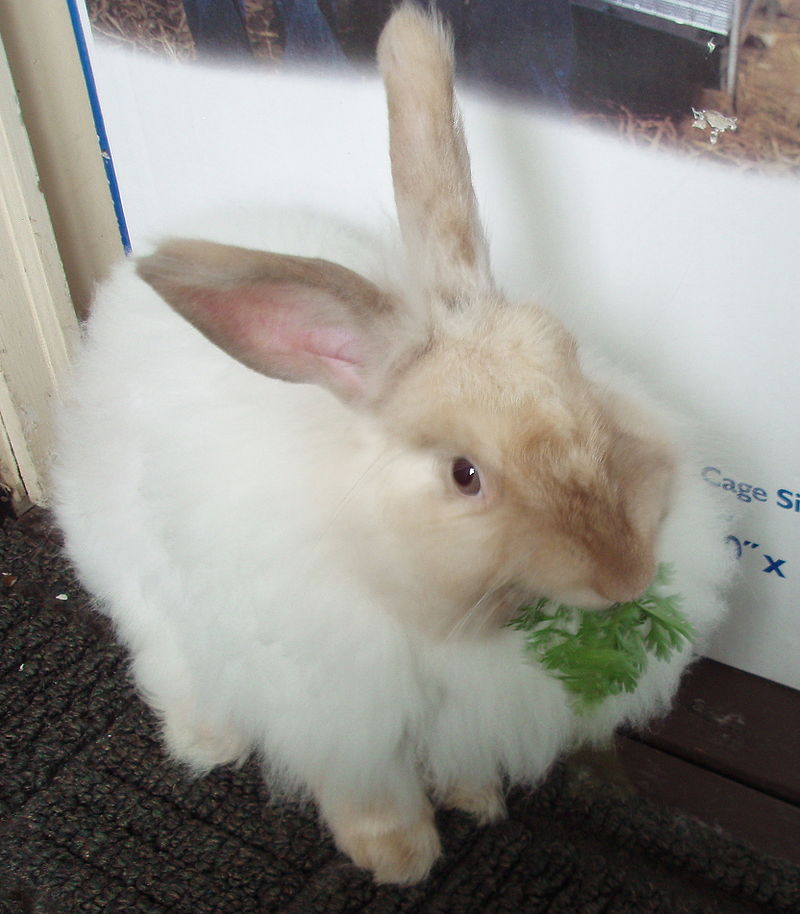
Satin Angora grows about as big as their French Angora cousins and produces beautiful satin sheen wool. The downside is that they don’t produce as much of it as other breeds.
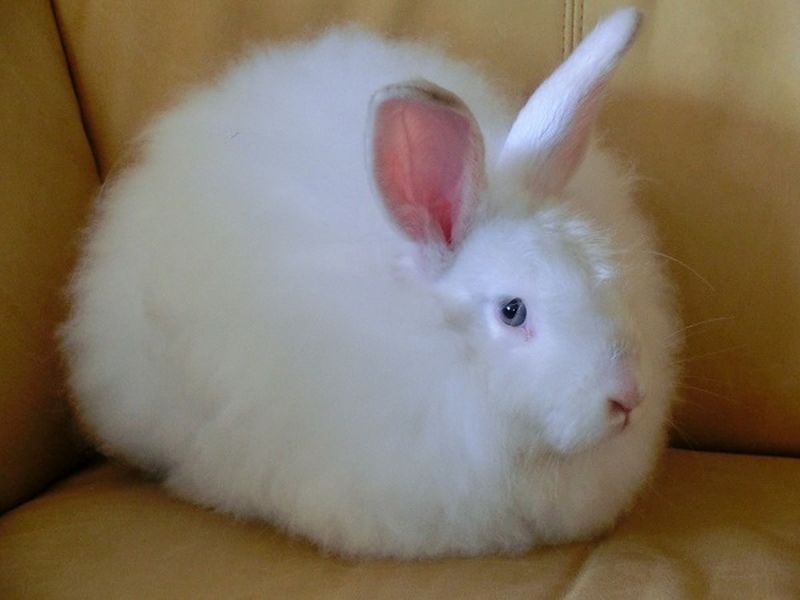
Giant Angora is the largest Angora breed. On average, they weigh 9½ pounds. Giant Angora’s only color is ruby-eyed white.
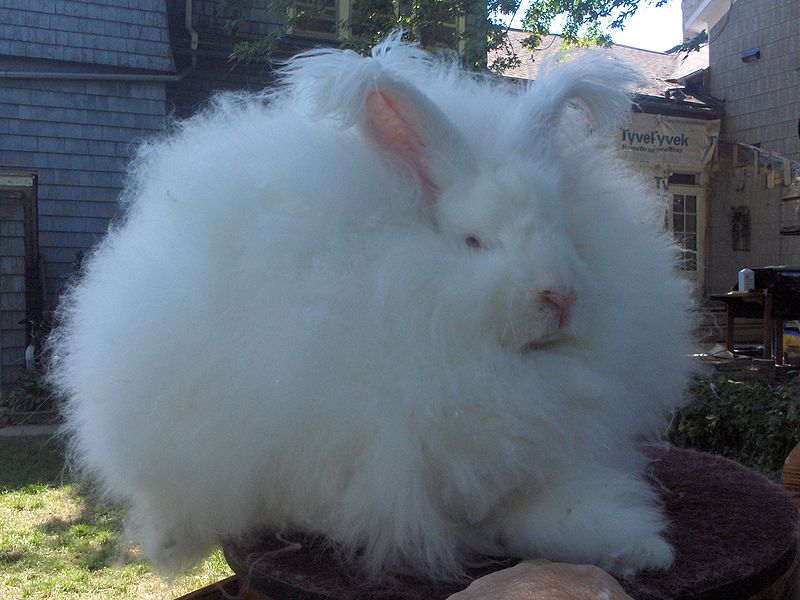
If you are a beginner in rabbit breeding, perhaps you should consider starting with Jersey Wooly rabbits. They are quite small, with an average weight of less than 3½ pounds. They can’t produce as much wool as the bigger breeds, but their size makes them easier to look after.
Taking care of Angora rabbits is fundamentally the same as with any other rabbit breed, with two important caveats. They require regular grooming and that is not negotiable. Some breeds you need to groom daily, others few times a week. Their beautiful coats need to be kept in perfect condition, and that requires a fair amount of work, unlike the short-haired breeds. This is the fact that puts off most people from getting Angora rabbits.
Another important thing to note is their diet. For the most part, they eat everything other rabbits eat, but if you want them to stay healthy you have to provide them fiber-rich food, like hay, and plenty of it. That will keep their digestive system humming and prevent a wool block, which they ingest while grooming themselves. papaya tablets are also highly recommended as a dietary supplement that can help in this matter.
Harvesting wool can be done in two ways, either by shearing or plucking, which can be done three or four times a year. Giant Angoras are an exception, as they require shearing. Regular wool harvesting will keep their coats shiny and healthy and will provide 8 to 30 ounces of prime wool per rabbit annually. Great for spinning and weaving, Angora wool is highly sought-after by fiber artist and even if you can’t find one in your area, you may want to try the hobby for yourself.

